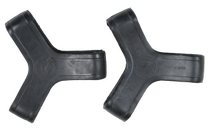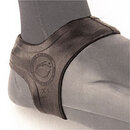ktkt
Contributor
Exits: We always wore fixie-palms so we did not loose our fins and we'd surf in, either on our mat or in snorkeling mode. When we hit the sand we'd crawl up out of the water as quickly as possible.
What are fixie-palms? Google only wants to tell me about bikes.





